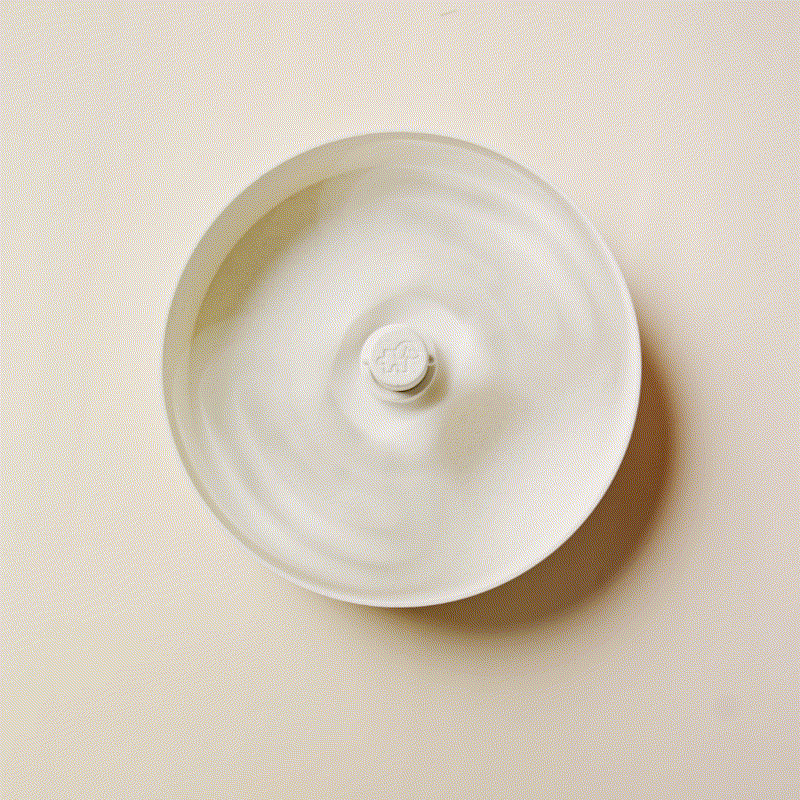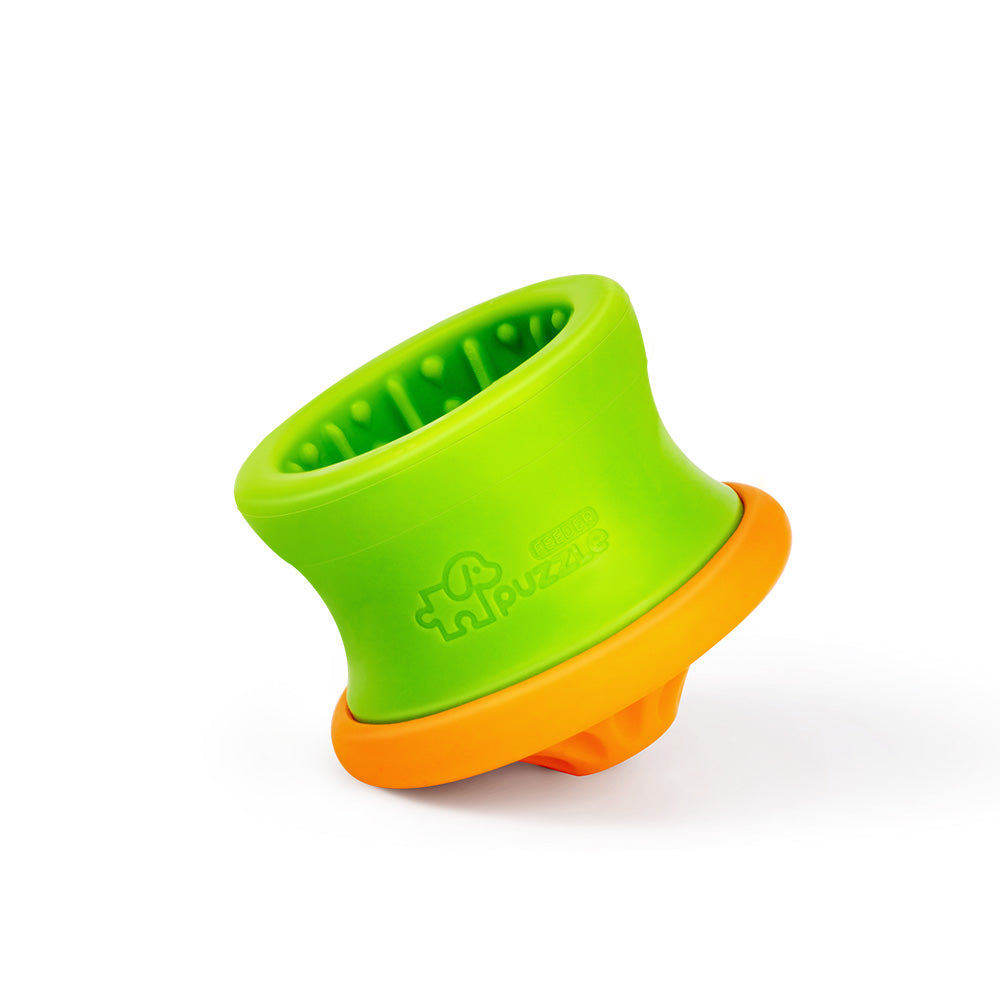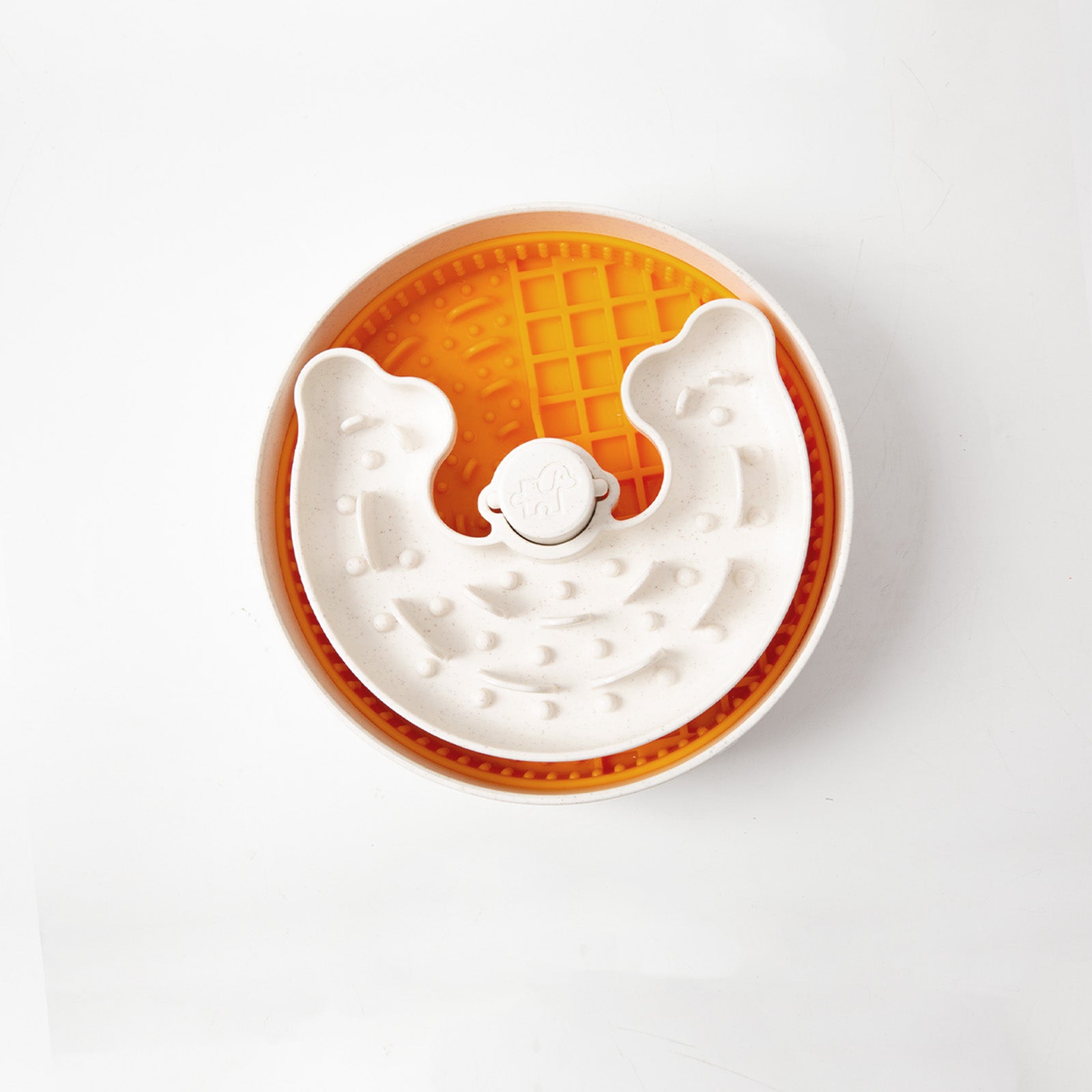Understanding the importance of transitioning dog food
Transitioning your dog's food is a crucial process that requires care and patience. Abruptly changing your dog's diet can lead to digestive issues, including vomiting, diarrhea, or loss of appetite. A gradual transition allows your dog's digestive system to adapt to the new food, minimizing the risk of gastrointestinal upset.
When transitioning dog food, consider these key factors:
-
Your dog's age and health status
-
The nutritional content of both the old and new food
-
Any specific dietary requirements your dog may have
A proper transition typically takes 7-10 days. Here's a general guideline on how to switch dog food:
-
Days 1-2: 75% old food, 25% new food
-
Days 3-4: 50% old food, 50% new food
-
Days 5-7: 25% old food, 75% new food
-
Days 8-10: 100% new food
During the transition, monitor your dog closely for any signs of digestive discomfort. If issues arise, slow down the process. Some dogs may need a more gradual change, extending the transition to 2-3 weeks.
Now that we understand the basics of transitioning dog food, let's explore how using a slow feeder bowl can enhance this process, especially in a new home environment.
Benefits of using a slow feeder bowl for dogs
Using a slow feeder bowl, particularly a puzzle feeder, offers several advantages for dogs, especially when transitioning to a new home:
-
Prevents gulping and choking: The obstacles in slow feeders encourage dogs to eat more slowly, reducing choking risks and air swallowing.
-
Improves digestion: Eating at a slower pace promotes better digestion and nutrient absorption, potentially reducing issues like vomiting, gas, and bloating.
-
Provides mental stimulation: Puzzle feeders engage a dog's mind, offering essential enrichment as they work to access their food. This mental exercise is particularly beneficial when adjusting to a new environment.
-
Creates a routine: Puzzle feeders require focus during mealtimes, helping establish a comforting routine in their new home.
-
Customizable challenges: Many puzzle feeders offer customizable inserts like broken waves, sniffing mats, and licking mats. This versatility allows you to adjust difficulty levels and keep meals interesting for your dog.


When introducing a slow feeder dog bowl during a transition to a new home, start gradually and be patient as your dog learns to use it. The mental and physical benefits can significantly aid in helping your dog settle comfortably into their new environment. Puzzle feeders can be especially helpful for rescue dogs transitioning to new homes, providing comfort and mental stimulation during this adjustment period.
With these benefits in mind, let's dive into a step-by-step guide on how to effectively switch your dog's food using a slow feeder.
Step-by-step guide - How to switch dog food using a slow feeder
-
Introduce the puzzle feeder gradually
-
Place the puzzle feeder next to your dog's regular bowl
-
Put a small amount of the current food in the feeder
-
Allow your dog to explore and get used to eating from it
-
Start with simpler inserts like a basic licking mat, then progress to more challenging options
-
-
Begin mixing foods in the puzzle feeder
-
Start with 75% old food and 25% new food
-
Spread the mixture evenly throughout the feeder
-
Monitor your dog's eating behavior and digestion
-
-
Increase the ratio of new food
-
After 2-3 days, adjust to 50% old food and 50% new food
-
Continue using the puzzle feeder for all meals, rotating different inserts to maintain interest
-
Observe your dog for any signs of digestive upset
-
-
Further reduce old food
-
Around day 5-7, move to 25% old food and 75% new food
-
Ensure the puzzle feeder is clean between meals
-
Adjust portion sizes if needed based on the new food's calorie content
-
-
Complete the transition
-
By day 8-10, switch to 100% new food in the puzzle feeder
-
Continue monitoring your dog's health and digestion
-
Consult your veterinarian if any issues arise
-


Using a puzzle feeder throughout this process can help prevent gulping and potential digestive issues as your dog adjusts to the new food. The gradual transition allows your dog's digestive system to adapt while also getting accustomed to eating from the puzzle feeder, creating a positive mealtime routine in their new home.
To help you stay organized during this transition, let's look at how to create a helpful dog food transition chart.
Creating a dog food transition chart
A dog food transition chart is a valuable tool for pet owners looking to switch their dog's food safely and effectively. Here's how to create one:
-
Start with a 7-10 day timeline across the top of your chart
-
Create columns for "Old Food %", "New Food %", and "Puzzle Feeder Insert"
-
Fill in the percentages as follows:
-
Days 1-2: 75% old food, 25% new food
-
Days 3-4: 50% old food, 50% new food
-
Days 5-7: 25% old food, 75% new food
-
Days 8-10: 100% new food
-
-
Add a column for "Notes" to track your dog's response
-
Include space to record the names of the old and new foods
-
In the "Puzzle Feeder Insert" column, note which insert you're using each day (e.g., licking mat, broken wave, sniffing mat)
When using a transition dog food chart, it's crucial to monitor your dog's reaction throughout the process. Look for signs of digestive upset or discomfort and adjust the transition timeline if needed.
While this chart works well for adult dogs, puppies require a slightly different approach. Let's explore how to adapt the transition process for our younger canine companions.
Adapting the transition process for puppies
When it comes to transitioning puppy food, extra care and attention is needed compared to adult dogs. Puppies have more sensitive digestive systems that are still developing, so a gradual approach is crucial.
Here are some key tips for how to switch puppy food safely:
-
Extend the transition period to 2-3 weeks instead of 7-10 days
-
Start with just 10% new food mixed with 90% old food for the first few days
-
Increase the new food by 10% every 2-3 days as tolerated
-
Monitor stools closely and slow down if you notice any digestive upset
-
Consult your veterinarian if puppy shows signs of prolonged diarrhea or vomiting
-
Use simpler puzzle feeder inserts initially, gradually increasing difficulty as the puppy grows
Using a puzzle feeder can be especially beneficial for puppies learning to eat new food. The design encourages slower eating, aiding digestion and preventing choking as they adjust to different kibble sizes and textures. It also helps establish a focused mealtime routine from an early age.
Despite our best efforts, sometimes issues can arise during the transition process. Let's look at some common problems and how to address them.
Troubleshooting common issues during food transition
When transitioning dog food, you may encounter some challenges. Here are some common issues and how to address them:
Refusal to eat the new food
-
Try mixing in a small amount of low-sodium chicken broth or warm water to enhance the aroma and flavor
-
Gradually increase the ratio of new food more slowly
-
Experiment with different puzzle feeder inserts to make mealtime more engaging
Digestive upset
-
Slow down the transition process by reducing the amount of new food
-
Add a probiotic supplement to support digestive health
-
Consider using a simpler puzzle feeder insert temporarily
Increased gas or bloating
-
Ensure your dog isn't eating too quickly by using more challenging puzzle feeder inserts
-
Try feeding smaller, more frequent meals throughout the day
-
Consult your veterinarian if symptoms are severe or prolonged


Remember, every dog is unique, and some may take longer to adjust to new food than others. Patience and close monitoring are key when switching your dog's food. The use of puzzle feeders can help create a positive routine and make the transition process smoother for your dog in their new home.
Wrapping up: A smooth transition for a happy pup
Transitioning your dog's food in a new home doesn't have to be a stressful experience. By using a slow feeder and following a gradual transition plan, you can make the process easier on your dog's digestive system while also providing mental stimulation.
Remember to stay patient, monitor your dog's response, and adjust as needed. If you have a flat-faced dog, consider using specialized slow feed bowls designed for their unique needs. With the right approach, you'll soon have your furry friend happily enjoying their new food in their new home. If you encounter any persistent issues, don't hesitate to consult with your veterinarian for personalized advice.


















Dejar un comentario
Todos los comentarios se revisan antes de su publicación.
Este sitio está protegido por hCaptcha y se aplican la Política de privacidad de hCaptcha y los Términos del servicio.